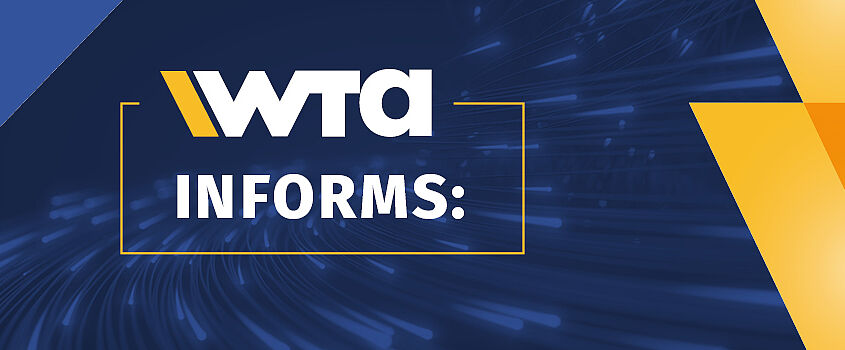WTA informs: Soldering processes and soldering techniques in the industry
Soldering is an essential technique in many industrial sectors - from electronics production to the automotive industry. In this process, two metallic components are joined together using a molten filler material (solder). Different soldering processes are used depending on the requirements.
Soft soldering vs. hard soldering - The DIN 8505 classification
Soldering processes are divided into soft soldering and hard soldering in accordance with DIN 8505:
- Soft soldering: temperature below 450 °C, ideal for electronic components and fine metal joints.
- Hard soldering: Temperature between 450 °C and 900 °C, ensures heavy-duty connections in sanitary and automotive engineering.
- High-temperature brazing: Above 900 °C, often used in specialised applications such as aerospace.
The most important soldering techniques at a glance
Piston soldering
Piston soldering uses a soldering iron that melts the solder by applying heat directly. This technique is mainly used in electronics and PCB production.
Flame soldering
A gas burner is used to melt the solder with pinpoint accuracy. Flame soldering is suitable for larger components with good thermal conductivity, for example in copper processing.
Bath soldering & wave soldering
In bath soldering, components are immersed in a molten solder bath. A special form is wave soldering, in which a solder wave is guided over the solder joints - ideal for the series production of electronic assemblies.
Furnace brazing
In furnace brazing, the components are heated in a controlled environment. Inert gas or vacuum prevent oxidation, making this process particularly suitable for complex assemblies in the automotive and aerospace industries.
Electrical resistance soldering
In this process, heat is generated directly at the solder joint through electrical resistance, which enables precise temperature control. Electrical resistance soldering is preferably used in series production.
Induction brazing
An alternating magnetic field is used to heat components without contact. Induction soldering is particularly suitable for highly automated production processes in machine and vehicle construction.
Reflow soldering
In reflow soldering, components coated with solder paste are heated in a temperature profile. This technique is standard in SMD assembly and PCB production.
Laser soldering
Laser soldering uses a focussed laser beam to melt the solder precisely. It enables high-precision connections and is widely used in the automotive industry and medical technology.
WTA Wachsmuth - your partner for high-quality soldered joints
Whether in cable assembly, electrical engineering or industrial production - at WTA Wachsmuth we focus on the highest precision and quality in the processing of soldered joints. Our expertise guarantees durable, resilient and electrically safe solutions for a wide range of applications.
Do you have any questions about our services or soldering processes?
Contact us - we are at your disposal with our expertise!
WTA Wachsmuth offers its customers manual soldering using the piston soldering process and wave soldering and reflow soldering for PCB assembly.

